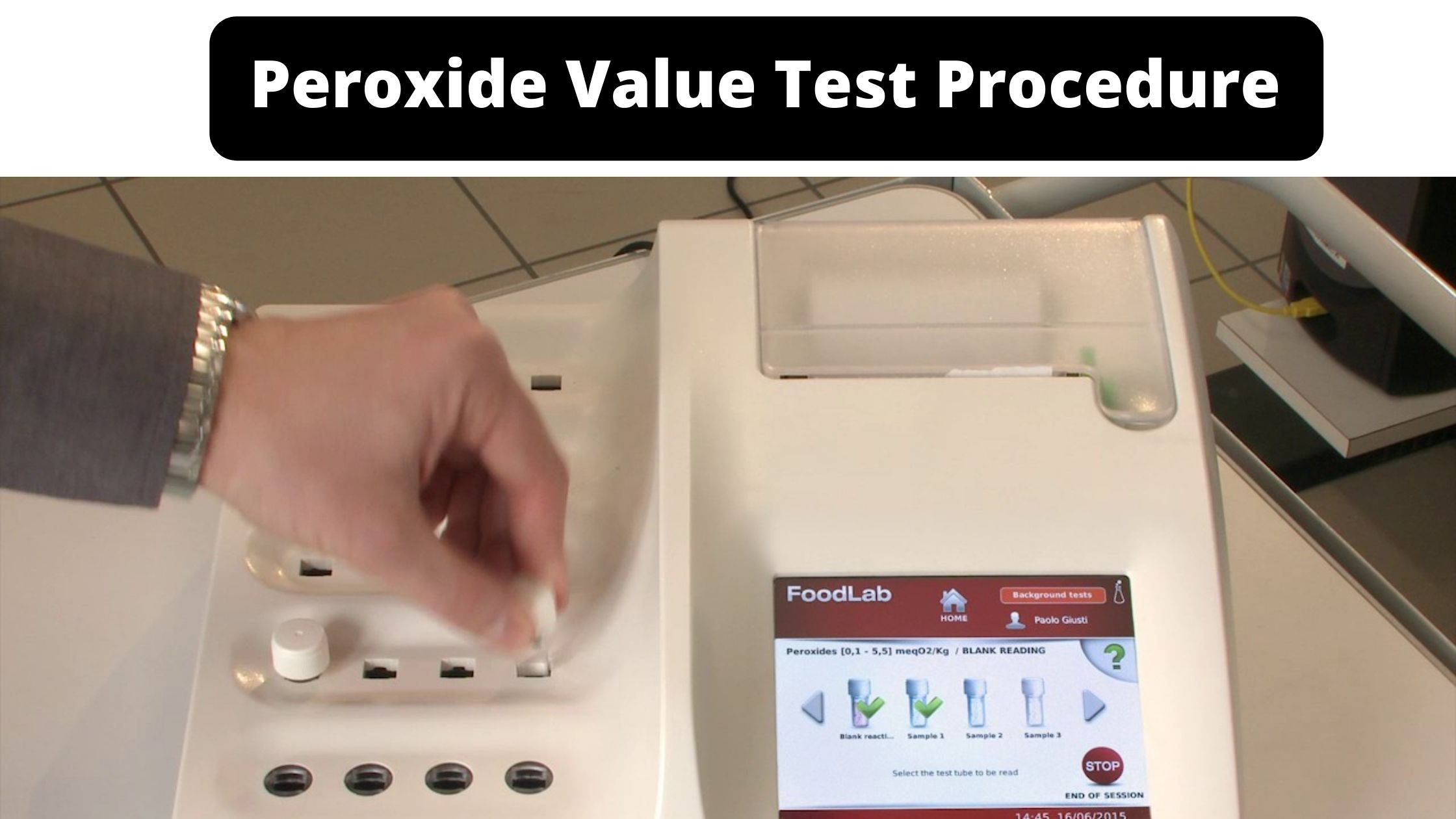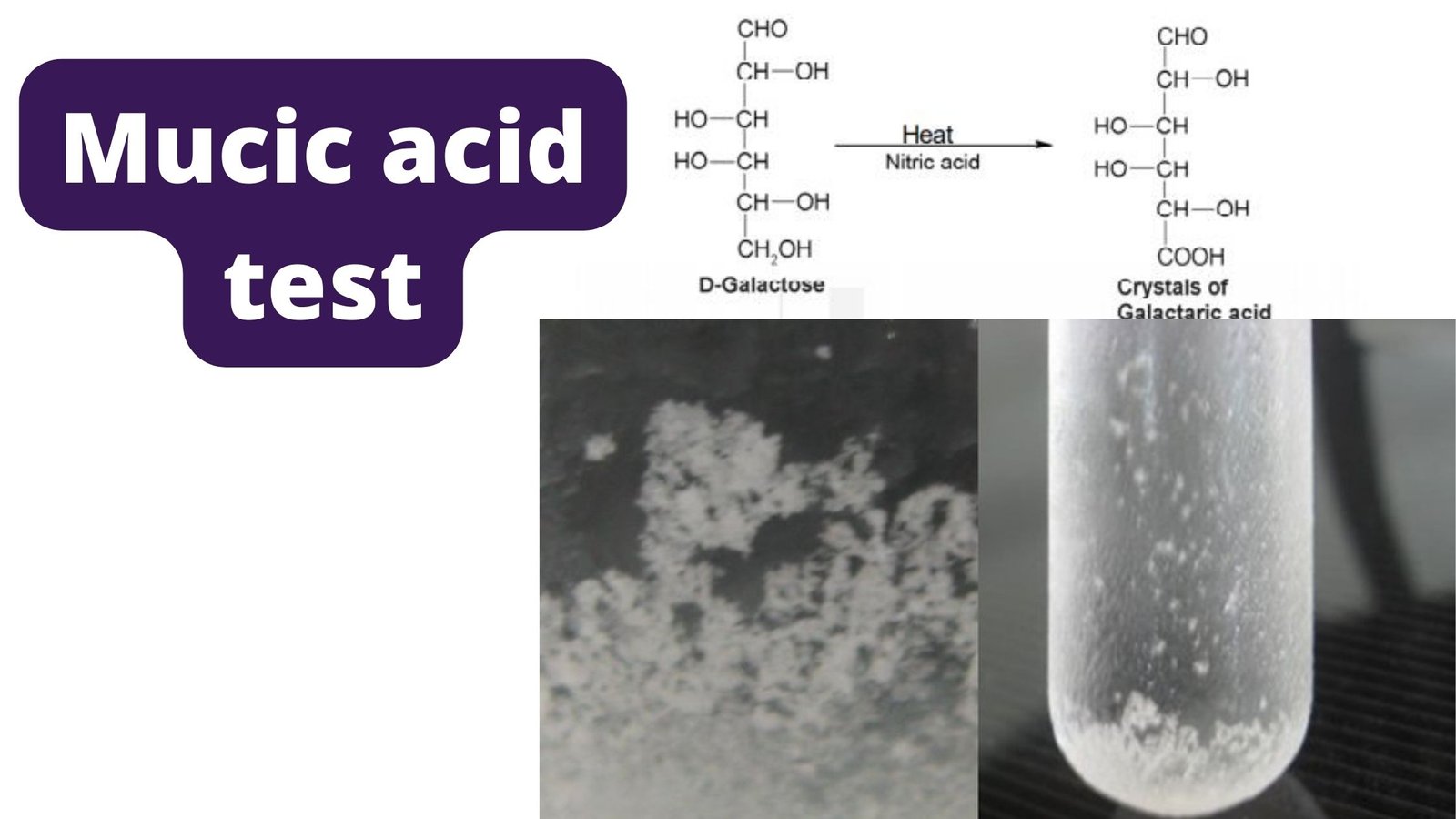Ninhydrin Test Principle, Procedure, Result, Uses
What is the Ninhydrin Test? The ninhydrin chemical test is used for determining whether an analyte contains any amines or amino acids. In this test, ninhydrin (a chemical compound with the formula C9H6O4; IUPAC name: 2,2-dihydroxyindane-1,3-dione) is added to a test solution of the analyte. The formation of a deep blue color within the test … Read more









